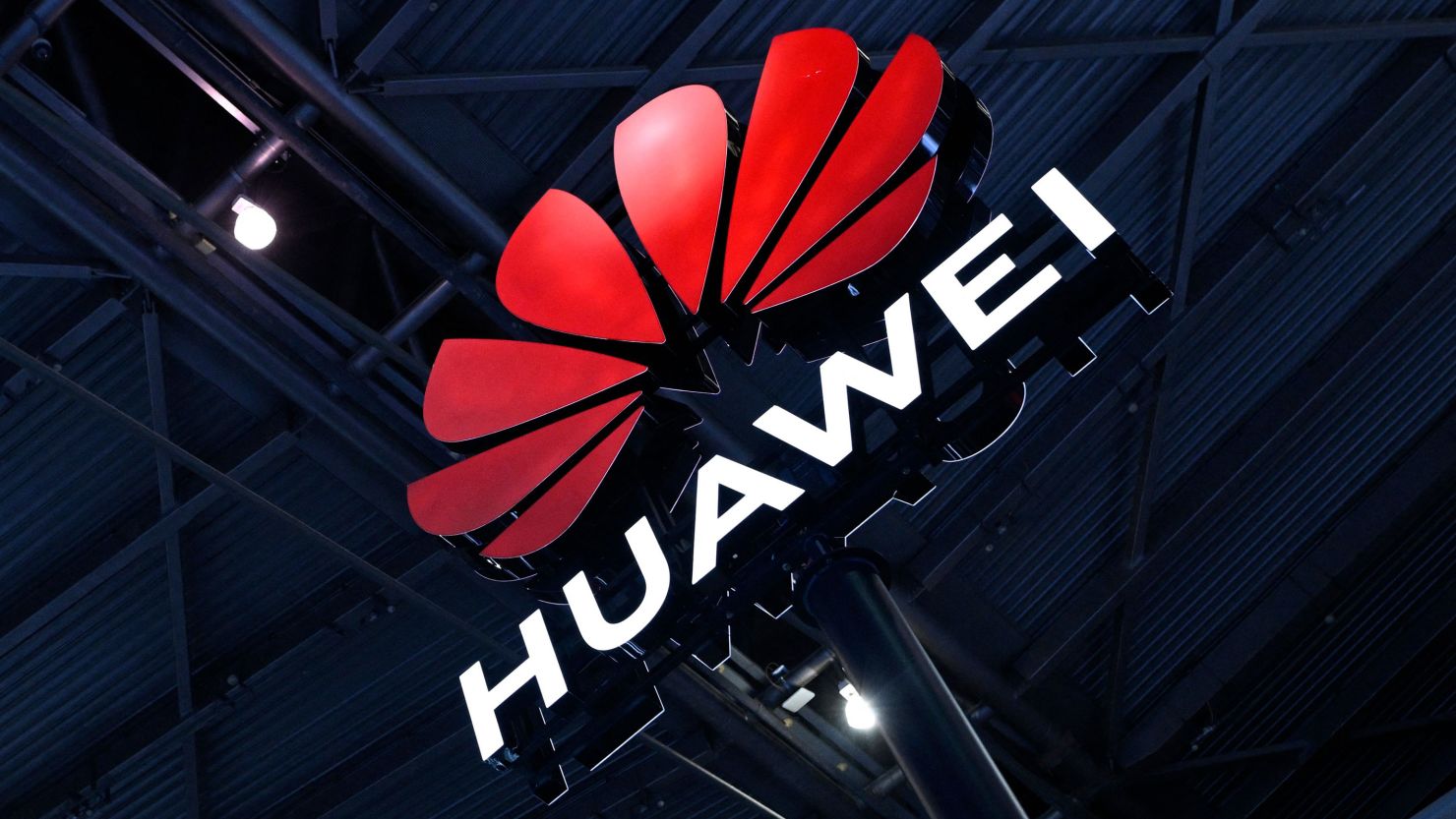Articles in this Cluster
21-05-2025
The US and China are at odds again, this time over Huawei's AI chips, just days after a temporary truce on tariffs. The US Commerce Department warned companies against using Huawei's Ascend chips, citing export controls, prompting Beijing to accuse the US of "undermining" a recent trade deal and engaging in "unilateral bullying and protectionism." China's Commerce Ministry threatened legal action against companies that comply with the US measures, warning they may violate China's Anti-Foreign Sanctions Law. The conflict highlights the ongoing differences between the US and China on issues like semiconductors, despite recent positive talks.
21-05-2025
A week after a breakthrough in U.S.-China trade tensions, neither side is confident the other is upholding their end of the bargain, with posturing already underway. China's Ministry of Commerce warned of legal action against those curbing advanced semiconductor usage from China, while the U.S. is concerned China isn't relaxing rare earth export controls. The new U.S. Ambassador to China, David Perdue, arrived in Beijing and called for "strong actions" on fentanyl. Chinese exporters are diversifying to non-U.S. markets, while some have found ways to circumvent U.S. tariffs. China's retail sales and industrial production growth slowed in April, but online shopping companies reported better sales, and electric car company Leapmotor's gross margin hit a record 14.9%.
21-05-2025
China has vowed to take action under its anti-sanctions law if the US enforces guidelines banning the use of Chinese-made chips, viewing the move as "unilateral bullying and protectionism". The Ministry of Commerce warned that organisations or individuals assisting the ban would face legal consequences, including prosecution and compensation for losses, and that Beijing would closely monitor the US measures and take bold actions to defend its interests.
21-05-2025
US chip export controls imposed to curb China's military advancement and protect US dominance of the AI industry have been deemed a "failure" by Nvidia CEO Jensen Huang, as they have accelerated Chinese companies' development of their own technology. Huang stated that the controls gave Chinese developers "the spirit, the energy and the government support to accelerate their development." Nvidia's share of China's AI chip market fell from 95% to 50% during the Biden administration due to the export controls, resulting in the company writing off "billions of dollars" in sales. The Chinese government has accused the US of "bullying and protectionism" in response to US warnings to other countries against using Chinese tech.
21-05-2025
Asia-Pacific markets mostly rose on Wednesday, with South Korea's Kospi and Australia's S&P/ASX 200 climbing 0.58% and 0.43%, respectively, while Japan's Nikkei 225 slipped 0.23% after the country reported a slowdown in exports for a second straight month due to U.S. tariffs. The Bank of Indonesia is set to release its policy decision later in the day, with economists expecting a rate cut due to weak GDP growth and a weakening currency. U.S. futures were little changed after Wall Street's six-day winning streak ended on Tuesday, with the S&P 500 falling 0.39%. Morgan Stanley expects global growth to slow in 2025 due to tariffs-related trade shock, forecasting a decline from 3.5% in 2024 to 2.5% in 2025.
21-05-2025
European markets are expected to open flat to slightly lower, with the FTSE, DAX, CAC 40, and FTSE MIB forecast to open with minimal gains or losses. Earnings reports are due from M&S, SSE, Currys, and JD Sports, while UK inflation figures for April will be released. Asian markets mostly rose overnight, while US futures were slightly lower after the S&P 500 ended a six-day winning streak.
21-05-2025
Japan's exports growth slowed in April, with exports to the U.S. shrinking 1.8% year-over-year for the first time since December last year, due to U.S. President Donald Trump's tariffs on Japanese auto imports. The country's overall exports growth was 2%, its slowest since October last year. Japan's trade surplus with the U.S. narrowed to $5.4 billion in April. The tariffs, including a 25% levy on auto exports, have hurt Japan's economy, which contracted 0.7% in the first quarter. Economists expect the tariffs to continue dragging on Japan's GDP growth in the second quarter.
